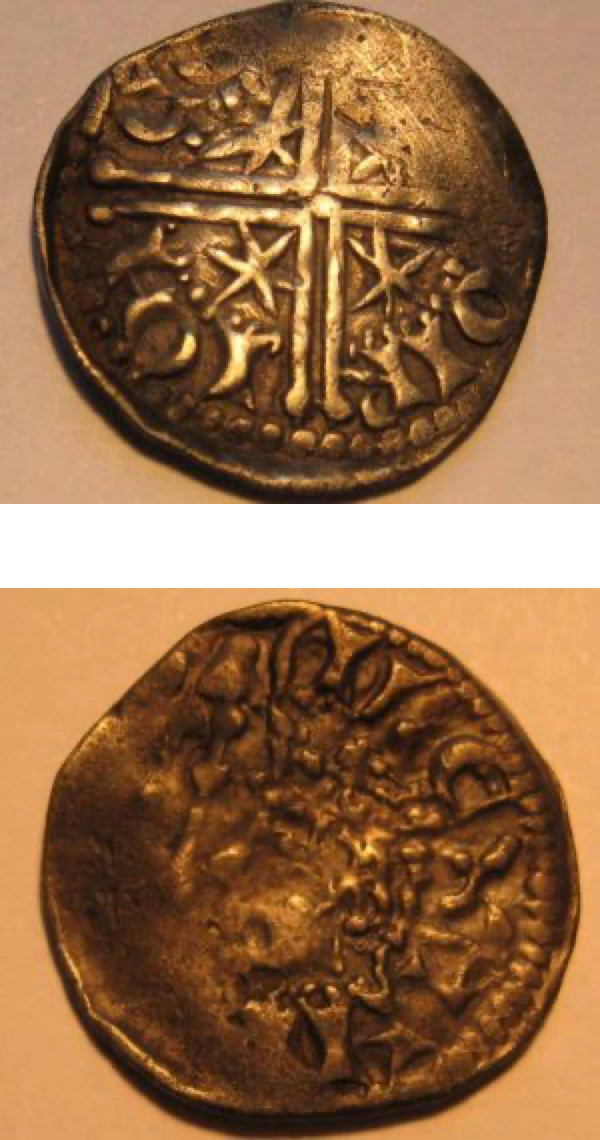Archeology Finds - Alexander III Coin
King Alexander III might not be somebody you associate with British history. However, he was a Scottish King who reigned from 1249-1286. This was a time when Scotland was completely independent to England although there were clearly strong trading bonds between the two countries.
This is a fascinating episode in British history and a tiny part of it turned up in a field in Minting recently. This month’s object is a Scottish coin of Alexander III. Whilst they were not legal tender in England they are found dotted around Lincolnshire and it is probable that they were in illegal circulation. The silver content is slightly less than similar English pennies which would have made them worth less than the equivalent penny in England.
Alexander III was the first ruler of Scotland to drive the Norse kings out of the Western Isles so his reign saw the final vestiges of Viking rule in the British Isles finally come to an end. He married Margaret daughter of Henry III of England. Both sides were hoping for influence in the others’ country I am sure but despite Henry’s efforts, Alexander refused to give up power in Scotland.
He had three children but they all died before him and he left no heir, which, upon his death led to infighting. He had named his daughter’s daughter, another Margaret, whose father was King of Norway, as his heir but tragically she died on her way to Scotland to claim the throne.
Edward 1 of England had planned to marry his son to Margaret but when she died he tried to become king maker which Scotland didn’t like and it led to a major war between Scotland and England which Edward won and it is because of this he became known as the ‘Hammer of the Scots’.
Do how did this penny come to be dropped in Minting? Perhaps somebody living here had visited Scotland for trade, possibly in wool. Maybe they picked up some ‘foreign coins’ when they were there in the same way we pick up Euros in our change every now and again.
The major differences between the English hammered pennies and the Scottish are the fact that the head is in profile on Scottish coins (here looking to the left) and instead of the three pips around the cross there are stars.
by David Allsop
